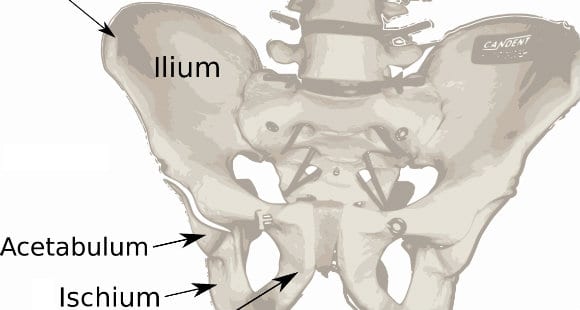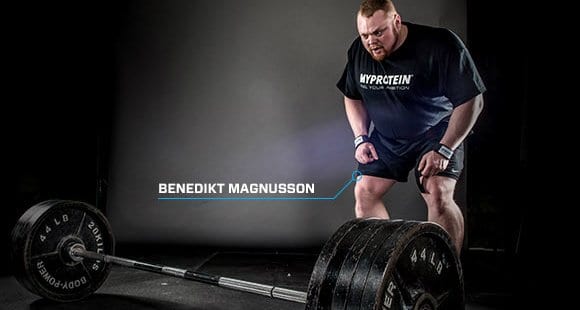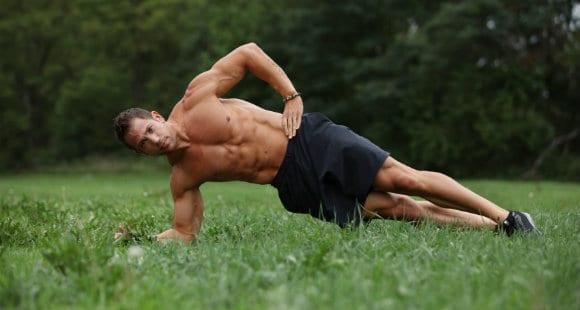By the healthiergang writer , student in Physiotherapy.
Basin structure
Il hip bone it is a fundamental structure in the skeletal system. The pelvis, or also called pelvis, is a kind of set of joints, more precisely there are 3 joints involved:
? Ossa left; these constitute the anterior and lateral portion of the pelvis and are jointed together, along a central line that joins the right and left parts of this joint, by means of the pubic symphysis.
The pubic symphysis is an amphiarthrosis or a particular type of synarthrosis. Synarthrosis are joints between two contiguous elements and are not mobile. Amphiarthrosis have the particularity of being rich in collagen, a connective tissue, and elastic fibers.
This connective tissue is placed between the two contiguous elements. Having said this, it can be deduced that the articulation of the pubic symphysis is slightly mobile.
? Sacred bone, is a set of 5 bones fused together. This articulates laterally with the two iliac bones and closes the pelvis on the back. The joint between the sacrum and the iliac bones is called the sacroiliac joint and is able to vary slightly during retroversion or anteversion movements of the pelvis.
? Coccige, this is the terminal part of the vertebral column and closes the posterior inferior potion of the pelvis. In it are found the origin and insertion of important muscles and ligaments.
Pelvis exercises
The pelvis is as previously mentioned an important and delicate structure of the body. Its function is to transfer the weight of the upper body to the lower limbs. Also in the basin they are important and powerful locomotor muscles, as well as the strongest muscle ever: the gluteus.
A further function of the pelvis is to contribute to the support of the internal organs along with the abdominal, perineal and pelvic floor muscles. It is therefore essential to have a strong and trained pelvis as this is an important link in the kinetic chain of the whole body.

It allows the transfer of work from the lower limbs, large and strong muscles, and provides stability.
Often an imbalance in the muscles of the pelvis leads to deformations in the correct structure of the spine, or it is the muscles of the lower limbs that generate such imbalances affecting the pelvis and finally on the spine.
The main muscles of the pelvis which can be trained they are the gluteus, the gluteus medius, adductors, abductors, lumbar and hamstrings. Quadriceps and abdominal muscles and others should also be mentioned.
# 1 Barbell deadlift
The gluteus, hamstrings and lumbar muscles are part of the posterior kinetic chain. This is a chain of muscles that absolutely represents theset of stronger muscles.
The best exercise to train the entire posterior kinetic chain is the classic barbell deadlift. The movement of this exercise begins with a knee extension by the quadriceps muscles.
This allows the weight to reach the level of the knees, from there the main movement is an extension of the pelvis by the buttocks and hamstrings.
The lumbar muscles must work in an isometric way to maintain proper alignment of the lumbar area, the hamstrings work constantly as stabilizers and as extensors of the pelvis during the entire range of motion and finally adductors and abductors must be contracted to ensure stability while keeping the legs still.
The lats also take part in the movement, in fact the barbell must be continuously pulled against your body with an isometric extension of the shoulder and in the final part it contributes to the closure of the movement.
È necessario perform the deadlift correctly so as not to risk damaging the spine.
Once again: the deadlift it is not a harmful exercise, it is his improper execution that is harmful. Another great exercise to train the posterior kinetic chain is the Glute Ham Rise.

#2 Plank laterali
The basin can also extend and flex laterally. The gluteus medius, adductors, abductors and oblique abdominals contribute to this movement.
To train the abductors of the pelvis (abductors and gluteus medius) you can do dynamic lateral planks, perhaps bringing the feet to the height of the trunk.
Simply position yourself in the side plank position resting on the hand keeping the arm extended and placing the feet on a raised support.
Flex the pelvis losing the alignment of the plank and then extend it back in trunk and leg alignment.

The movement is accompanied by an exhalation and a voluntary contraction of the gluteus medius (extending the pelvis laterally) and pushing with the legs keeping them straight (making an abduction).
To train the adductors you can use the special machine or attack a resistance (cable or elastic band) to the foot and perform adductions of the leg.


























